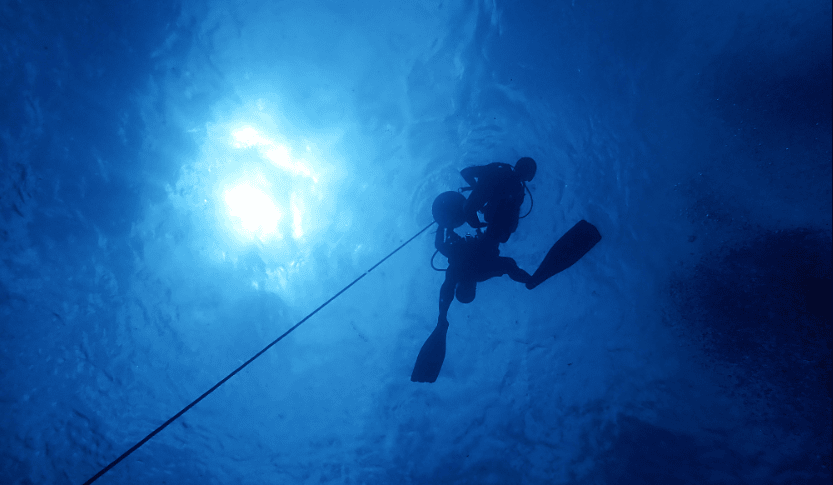Scuba diving is an incredible activity that opens the door to a mystical world under the waves. While diving is gaining popularity, many common misconceptions and outright fallacies persist. The unfortunate reality is that those who believe these myths will never give scuba diving a try.
As a result, we’ve chosen to dispel some of the most widespread myths regarding scuba diving’s inherent dangers, the human body’s physiological requirements for the activity, marine life, etc.
Myth #1 Diving requires skilled swimming.
Truth: Many potential divers avoid trying scuba because of this misconception. The requirement that new divers complete a basic swim test—swimming 200 yards nonstop—before beginning scuba training appears to be where the term first appeared. The purpose of the exam is to see if you can handle yourself in the water and swim to safety in the event of an emergency.
However, as diving is a physical activity, your experience will be enhanced if you are in good physical form. To get the most out of scuba diving, it’s essential to take care of your health and maintain a moderate fitness level.
Myth #2 Start-up hardware is expensive.
Truth: While scuba diving is a sport that relies heavily on specialized equipment, no initial investment is required to begin training. The majority of dive centers will loan equipment to students who are taking a course. However, most scuba divers prefer to use their equipment, including masks, snorkels, and fins. These essentials are highly individual and must be a good fit if you want to feel at ease when diving. The remainder of the equipment may be rented as needed until you feel comfortable with scuba diving to invest in your gear.
Myth #3 Anything fascinating requires deep diving.
Truth: Most recreational divers are interested in seeing marine life and exploring buried buildings, while other divers go for the rush of adrenaline and the challenge of exceeding their boundaries. Most divers agree that the depth range between 35 and 50 feet is where they have the most fun underwater. If you want to go deep diving in the ocean, you need to have your scuba open water diver certification first.
Myth #4 Sharks endanger divers.
Truth: Even while movies like Jaws and Jaws 2 have convinced the public that sharks are vicious creatures eager to eat divers, the truth is quite different. First, shark encounters are rare (unless you’re on a shark dive) and a privilege. Second, around 400 shark species, most of whom avoid divers. There are exceptions, but the likelihood of an attack is low if you keep your hands to yourself, stay neutrally buoyant, and don’t agitate the animal.
Myth #5 The diving boat will leave without you.
Truth: This horrific story is a movie industry invention like the shark myth. Choose a diving companion initially when preparing for the dive. You and your companion will help each other orient and stay safe. Additionally, beginners dive with a guide or in a group to avoid getting lost. Finally, the boat crew counts heads before and after dives. Leaving in the ocean is unlikely.
Take Away!
Get your open water scuba diving certification began. The open water diver course provided by Adventure Scuba, LLC, the leading scuba diving Fort Worth institute, equips students with all the necessary information, provides initial training in a swimming pool, and provides the opportunity to participate in open water dives in ideal circumstances. With your PADI advanced open water certification, you may dive up to 60 feet deep with other qualified divers without an instructor or guide.



